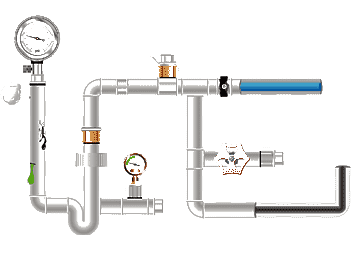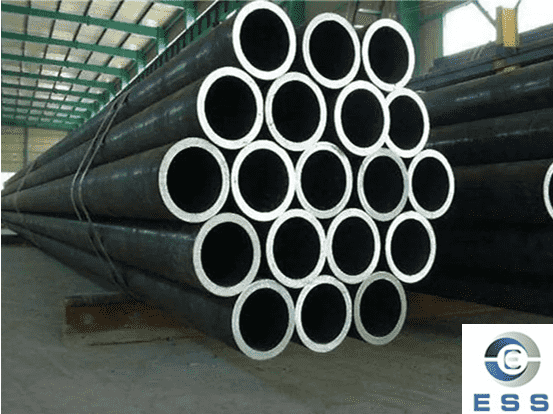Seamless
carbon steel pipe, a seamless
pipe made of carbon
steel, is widely used in demanding fields such as oil and gas, chemical
industry, power generation, boiler manufacturing, and machining due to its
excellent mechanical properties, pressure resistance, and weldability.
Its main components are iron (Fe) and
carbon (C), with a carbon content typically ranging from 0.06% to 0.25%.
According to international standards such as ASTM
A106, ASTM A53,
and EN 10216-1/2, seamless carbon steel pipe has a dense structure, no weld
seams, high pressure resistance, and good crack resistance, thus exhibiting
excellent durability and a long service life.
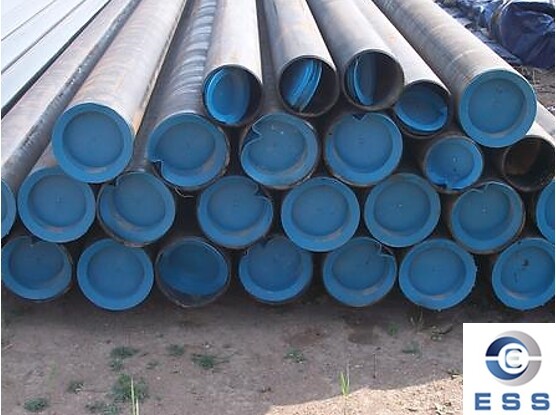
Life Expectancy of Seamless Carbon Steel
Pipe
The service life of seamless carbon steel
pipe is not fixed but is affected by various factors, including the operating
environment, pipe structure, pipe material quality, and maintenance.
Generally speaking, under normal use and
maintenance conditions, the service life of seamless carbon steel pipe can
reach 10 to 50 years. Under harsh environments or improper maintenance, its
service life may be significantly shortened. The service life of carbon steel
pipes (CS pipe full form) without internal anti-corrosion treatment is
generally 10 to 15 years.
Typical service life range:
|
Environmental
conditions
|
Estimated
service life (without anti-corrosion)
|
Main
failure form
|
|
Dry
air (indoor)
|
10~15
years
|
Slow
oxidation, surface rust
|
|
Ordinary
humid atmosphere (outdoor)
|
5~10
years
|
Uniform
rust, local pitting
|
|
Industrial
polluted atmosphere
|
3~8
years
|
Acidic
gas accelerates corrosion
|
|
Neutral
water (pH=6~8)
|
2~5
years
|
Inner
wall rust + microbial corrosion
|
|
Acidic/alkaline
medium
|
1~3
years
|
Rapid
chemical corrosion + perforation
|
|
Seawater/high
salt environment
|
1~5
years
|
Electrochemical
corrosion + pitting
|
Factors Affecting the Service Life of
Seamless Carbon Steel Pipes
1. Operating Environment
In humid and corrosive environments, pipes
are more prone to corrosion, thus shortening their service life. For example:
In the chemical industry, pipes must
withstand the erosion of various chemicals;
In the petroleum industry, pipes need to
withstand extreme conditions such as high temperature and high pressure.
2. Pipe Quality
High-quality seamless carbon steel pipes
possess excellent strength and toughness, resisting external forces and
corrosive substances.
In contrast, inferior pipes may contain
impurities, air bubbles, and other defects, making them prone to rupture or
leakage during use.
3. Pipeline Construction
Improper installation or welding defects
directly affect the sealing and pressure-bearing capacity of the pipeline.
Furthermore, the location of pipe supports
and the bending radius of the pipe also affect its service life.
It is recommended that welding follow ASME
B31.3 industrial piping standards, and that hydrostatic testing and
non-destructive testing (NDT) be performed after construction.
4. Maintenance
Lack of regular inspection, cleaning, and
anti-corrosion maintenance is one of the main causes of premature failure of
carbon steel pipes.
Wall thickness testing (UT ultrasonic
thickness measurement) and corrosion rate assessment should be performed every
1-2 years.
5. Media Properties
The properties of the media transported in
the pipeline are also a significant factor affecting service life.
Corrosive media such as acids and alkalis
accelerate the corrosion process of carbon steel pipes, leading to a shortened
lifespan. For example:
Acidic media with pH < 6 can increase
the corrosion rate to 0.2–0.5 mm/year;
Oil and gas pipelines containing H₂S or CO₂ require API 5L
PSL2 grade pipes or internal protective linings.
6. Temperature Fluctuations
Temperature fluctuations cause thermal
expansion and contraction in carbon steel pipes, which can lead to fatigue
damage over time, thus affecting service life.
At high temperatures (>400°C), the creep and oxidation rates of carbon steel pipes accelerate,
reducing metal fatigue life.
Measures to Extend the Service Life of
Seamless Carbon Steel Pipes
1. Choose High-Quality Pipes
When purchasing, choose reputable seamless
carbon steel pipe manufacturers and high-quality products to ensure
that the steel pipes meet the required standards.
Select manufacturers with ISO 9001
quality certification to ensure products meet ASTM, API, and EN standards.
2. Employ Anti-Corrosion Protection
Measures
Internal epoxy coating (Fusion Bonded
Epoxy, FBE); External three-layer polyethylene coating (3PE/3PP); Hot-dip
galvanizing or cathodic protection system. These measures can extend the
lifespan of carbon steel pipes by 3-5 times.
3. Strictly Control Construction Quality
During pipeline construction, operations
should be strictly carried out in accordance with relevant standards and
specifications. After welding, pipes should undergo non-destructive testing
(RT/UT/PT) to ensure weld integrity.
4. Enhanced Maintenance
Regularly inspect, clean, and treat
seamless carbon steel pipelines to promptly identify and resolve any problems,
ensuring long-term stable operation.
For industrial pipelines operating for
extended periods, intelligent pipeline monitoring systems (such as corrosion
rate sensors) can be used to assess their status in real time.
5. Optimize the Operating Environment
Install pipelines in dry, non-corrosive
environments whenever possible to minimize the impact of environmental factors
on the pipelines.
If unavoidable, ventilation, protective
layers, or drainage systems should be increased.
FAQ
1. Which Has a Longer Lifespan, Seamless
Carbon Steel Pipe or Welded
Pipe?
Generally, seamless carbon steel pipe has a
longer lifespan because it has no welded structure, a dense internal structure,
and better pressure resistance and corrosion resistance.
2. What is the Lifespan of Carbon Steel
Pipe Buried Underground?
Without corrosion protection, approximately
5-10 years; with 3PE anti-corrosion coating and cathodic protection, it can
reach over 40 years.
3. What Methods Can Be Used to Assess the
Remaining Lifespan of Carbon Steel Pipe?
Ultrasonic thickness testing (UT), magnetic
particle testing (MT), or corrosion rate monitoring (Corrosion Coupons) can be
used for assessment.
Conclusion
The service life of seamless carbon steel
pipe is affected by a combination of environment, medium, quality, and
maintenance. Under good manufacturing and maintenance conditions, its lifespan
can typically reach 10-50 years; with anti-corrosion measures or use in
non-corrosive environments, the lifespan can even exceed 50 years. Reasonable
material selection, standardized construction, and scientific maintenance are
key to ensuring the long-term reliable operation of seamless carbon steel
pipes.









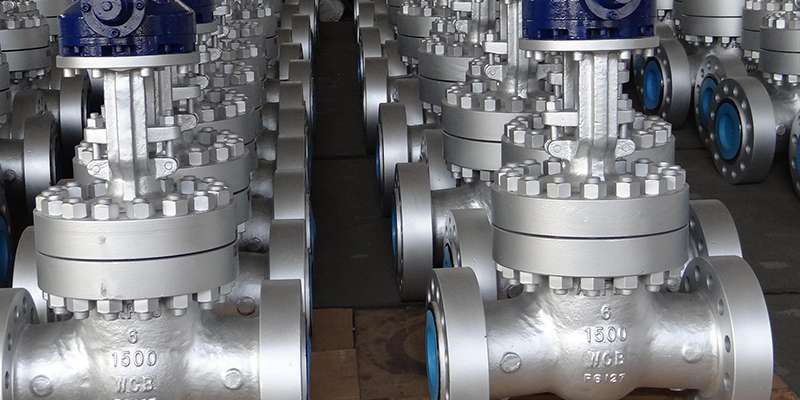



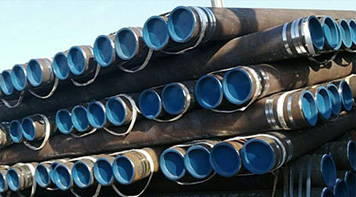 Eastern Steel Manufacturing Co.,Ltd not only improve product production and sales services, but also provide additional value-added services. As long as you need, we can complete your specific needs together.
Eastern Steel Manufacturing Co.,Ltd not only improve product production and sales services, but also provide additional value-added services. As long as you need, we can complete your specific needs together.
